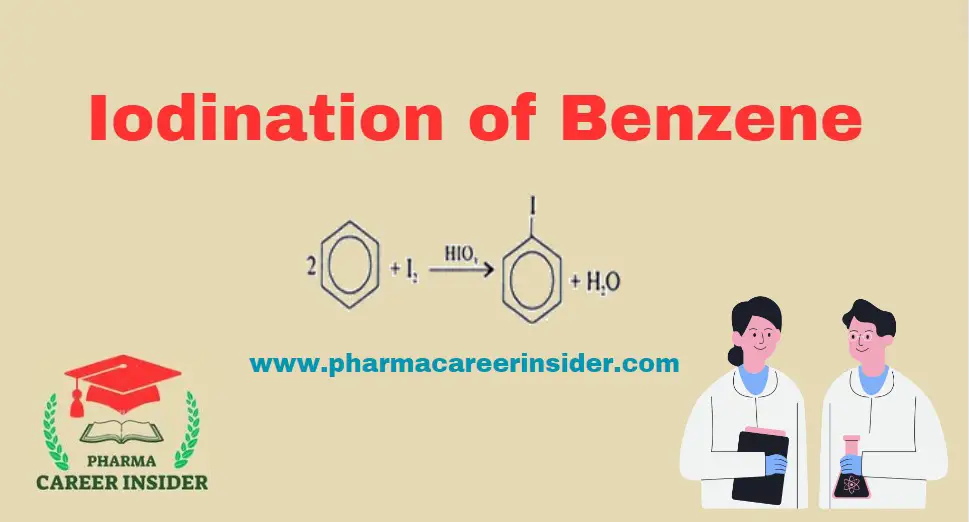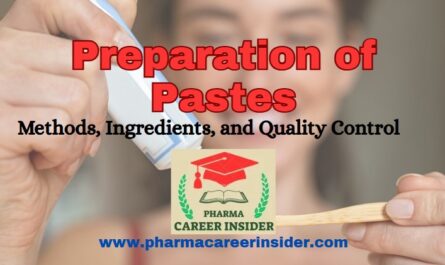Chlorobutanol, or trichloro-tertiary butyl alcohol, is a versatile compound used as a local anesthetic and preservative in pharmaceutical and cosmetic formulations. This organic chemistry experiment aims to prepare chlorobutanol from acetone via nucleophilic substitution using chloroform and potassium hydroxide under controlled cooling and distillation. This lab procedure not only helps in understanding synthetic methods but also reinforces important concepts of reaction mechanisms, product recovery, and purification techniques like recrystallization. How to prepare chlorobutanol from acetone in an organic chemistry lab. Let’s dive into the systematic preparation and yield analysis of chlorobutanol.
Aim: To prepare and submit Chlorobutanol from acetone
References:
- Vogel’s Textbook of Practical Organic Chemistry by Brian S. Furniss, Antony J. Hannaford, Peter W. G. Smith & Austin R. Tatchell; Fifth Edition; Page No. 1197.
Requirements:
Chemicals: chloroform, potassium hydroxide, and acetone.
Apparatus: Round bottom flask, Mechanical stirrer, Measuring cylinder,
Funnel and Glass rod
Principle:
Chlorobutanol, also known as chloroketone, is a trichloro derivative of tertiary butyl alcohol. It is prepared with acetone and chloroform in the presence of solid potassium hydroxide. Chlorobutanol is used as a local anesthetic and antiseptic in dental preparation.
Reaction:

Procedure:
- The mixture of 50 g of acetone and 100 g of chloroform is continuously stirred until it cools below 0°C.
- Add 32.5 g of potassium hydroxide over 6 hours after it has stood at room temperature for a further 3.6 hours with continuous stirring.
- The mass is filtered, and the residue is washed with acetone. The combined filtrates are distilled to recover chloroform and acetone, and the fraction passing over between 165°C and 172°C is collected separately.
- The distillate is poured into water, and when this is complete, the solid is filtered off and recrystallized from a mixture of alcohol and water.
- Chlorobutanol is extremely volatile, even at ordinary temperatures.
- Chlorobutanol forms white, glistening crystals. When anhydrous, it melts at 96-97°C. It is soluble in water and 90% ethyl alcohol.
Calculation:
Here, the limiting reagent is acetone; hence, the yield should be calculated from the amount taken.
The molecular formula of acetone = C2H6O
The molecular formula of chlorobutanol = C4H7Cl3O
Molecular weight of resorcinol = 46 g/mole
The molecular weight of Chlorobutanol= 177 g/mole
Theoretical yield:
46 g of acetone forms 177 g of Chlorobutanol
Therefore, 50 g of acetone forms …….? (X) g of Chlorobutanol
= …. g
Theoretical yield = ….g
Practical yield = ————- g
% Yield = (Practical Yield)/(Theoretical Yield) × 100
RESULT:
Chlorobutanol was synthesized from acetone and submitted.
| Name of Compound | Chlorobutanol |
| Theoretical yield | ……gm |
| Practical yield | ……gm |
| % Practical yield | .……% |
| Melting point | .……ͦC |
How to Get Your Practical PDF Copy:
- Click the download link below.
- Dive into a wealth of knowledge and elevate your learning experience!
🚀 Don’t miss out on this opportunity to supercharge your education. Download now and embark on a journey of continuous growth and knowledge!
Frequently Asked Questions (FAQs)
1. What is the purpose of preparing chlorobutanol in the lab?
Chlorobutanol is prepared to understand nucleophilic substitution reactions and is used in pharmaceuticals as a local anesthetic and preservative.
2. Why is a low temperature (below 0°C) important during the preparation?
Cooling prevents side reactions and enhances the selectivity of chlorobutanol formation by stabilizing intermediate species.
3. What role does potassium hydroxide play in this synthesis?
Potassium hydroxide acts as a base, promoting the formation of trichloromethyl carbanion from chloroform, which then reacts with acetone.
4. What are the key physical properties of chlorobutanol?
Chlorobutanol appears as white, glistening crystals with a melting point of 96–97°C. It is volatile and soluble in water and alcohol.
5. How is chlorobutanol purified after synthesis?
The crude product is filtered, washed, and recrystallized using a mixture of alcohol and water to obtain pure Chlorobutanol crystals.
Happy Learning,
pharmaacademias.com Team




